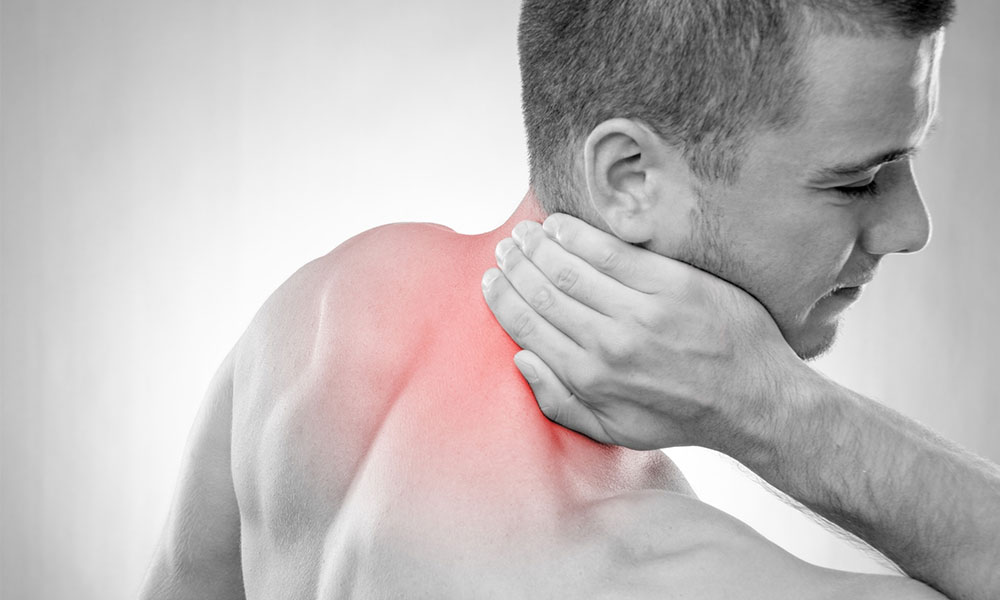What is Whiplash?
Whiplash is also known as neck strain. In the event that you've as of late been in a fender bender or other horrendous episode, you might be having encountered a whiplash injury. At the point when the head is tossed in reverse and advances in a savage way, it can injury the neck and spine. Ensuing pain may emanate right through the upper back and shoulders. This is what you should think about this condition.
Whiplash alludes to a physical issue to the cervical, or neck, district of the spine. The cervical district of the spine is comprised of seven spines, or vertebrae. In whiplash, the neck is tossed back and forth by incredible powers. These reason it to work out positively past its typical scope of movement.
During a whiplash injury, the lower some portion of the cervical spine twists in reverse, while the upper piece of the cervical spine twists forward. At the point when this occurs, wounds can happen that may influence:
- Vertebrae
- Muscles
- Tendons
- Circles
- Joints
- Nerves
- Other delicate tissues
Whiplash Causes
An unexpected, mighty shock can make the cervical spine move outside of its typical scope of movement. The most widely recognized reason for this condition is engine vehicle crashes in which one car backsides another. The back effect torques the neck forward and afterward in reverse.
Hits to the head from falling items, or in a game like boxing, can likewise prompt whiplash. Different causes remember abrupt changes for headings in exercises like:
- Riding thrill rides
- Tumbling off a pony
- Tumbling off a cruiser or bike
- Slips or falls
- Suffering physical ambush or misuse
- Playing physical games, for example, football, b-ball, rugby, and hockey
Whiplash Treatments
In most of cases, side effects are brief and resolve rapidly. For a few, it is muddled by constant pain in the cervical spine that prompts months or long periods of pain. To maintain a strategic distance from incessant pain from a whiplash injury, it's significant that you converse with a specialist as quickly as time permits after an episode. They'll have the option to analyse the seriousness of your wounds and recommend medicines to stay away from future intensifying of side effects.
Medicines do differ, contingent upon the seriousness of your physical issue. No particular treatment has been logically demonstrated to be predominant. Rest and immobilization with a cervical neckline were once routinely suggested for this condition. Today, the present pattern is toward early development with delicate non-intrusive treatment practices rather than immobilization, which can drag out recuperation.
At the start of injury, pain control is of key significance. Your primary care physician may suggest what tops off an already good thing the underlying 24 hours after your physical issue. From that point forward, ice can be supplanted by heat. Both ought to be applied no more prominent than 20 minutes.

